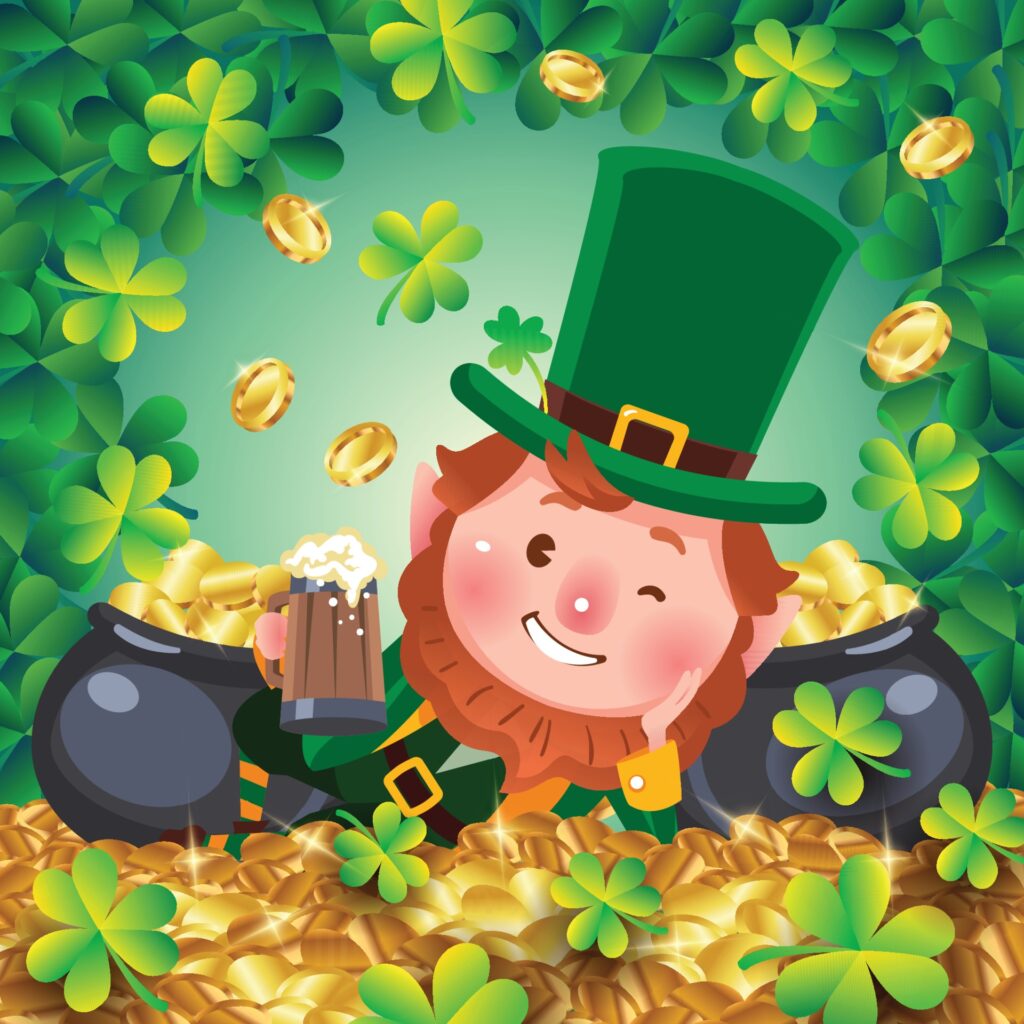Table of Contents
Introduction: St Patrick’s Day
St Patrick’s Day is a festive holiday celebrated annually on March 17th, commemorating the patron saint of Ireland, St. Patrick. With its origins rooted in Irish history and culture, this holiday has evolved into a global celebration of all things Irish. From lively parades to traditional music and dance, St. Patrick’s Day offers a vibrant opportunity to embrace the spirit of Irish heritage and camaraderie. In this blog post, we will explore the history, traditions, and celebrations associated with St. Patrick’s Day, inviting readers to join in the festivities and celebrate the luck of the Irish.
The History of St. Patrick’s Day
St. Patrick’s Day honors the life and legacy of St. Patrick, the patron saint of Ireland, who is credited with bringing Christianity to the Emerald Isle in the 5th century. Born in Roman Britain, St. Patrick was kidnapped and taken to Ireland as a slave at a young age. After escaping captivity, he returned to Ireland as a missionary, spreading the teachings of Christianity and converting many Irish pagans to the faith.
Legend has it that St. Patrick used the shamrock, a three-leafed clover, to explain the concept of the Holy Trinity to the Irish people, thus making it a symbol of the holiday. Originally observed as a religious feast day, St. Patrick’s Day eventually became a public holiday in Ireland, marked by church services, feasting, and family gatherings. Over time, the holiday transformed into a celebration of Irish culture and identity, especially among the Irish diaspora in countries like the United States, Canada, and Australia.

Traditions and Symbols of St. Patrick’s Day
St. Patrick’s Day is steeped in rich traditions and symbols that evoke the spirit of Irish heritage. One of the most iconic symbols of the holiday is the shamrock, which is believed to have been used by St. Patrick to illustrate the concept of the Holy Trinity. Today, the shamrock is worn as a symbol of Irish pride and is prominently featured in decorations, clothing, and accessories during St. Patrick’s Day celebrations.
Another beloved tradition associated with St. Patrick’s Day is the wearing of green. Green is not only the color of Ireland’s lush landscapes but also symbolizes luck and prosperity. On St. Patrick’s Day, people around the world don green attire, accessories, and even face paint to show their solidarity with the Irish and participate in the festivities.

Celebrating St. Patrick’s Day Around the World
St. Patrick’s Day is celebrated with fervor and enthusiasm in countries around the globe, transcending borders and cultures. In Ireland, the holiday is marked by parades, concerts, and street festivals, with cities like Dublin and Cork hosting some of the largest celebrations. In the United States, St. Patrick’s Day parades are held in cities large and small, featuring elaborate floats, marching bands, and bagpipers.
Beyond parades, St. Patrick’s Day is also a time for traditional Irish music and dance performances, as well as pub crawls and parties. Whether you’re enjoying a pint of Guinness, savoring Irish cuisine, or joining in a lively céilà dance, St. Patrick’s Day offers a myriad of ways to celebrate Irish culture and heritage. No matter where you are in the world, St. Patrick’s Day is a day to come together, raise a toast to Ireland, and embrace the spirit of camaraderie and goodwill.

For More Information About St Patrick’s Day – Please Check Out This Link!
Saint Patrick’s Day – Wikipedia


